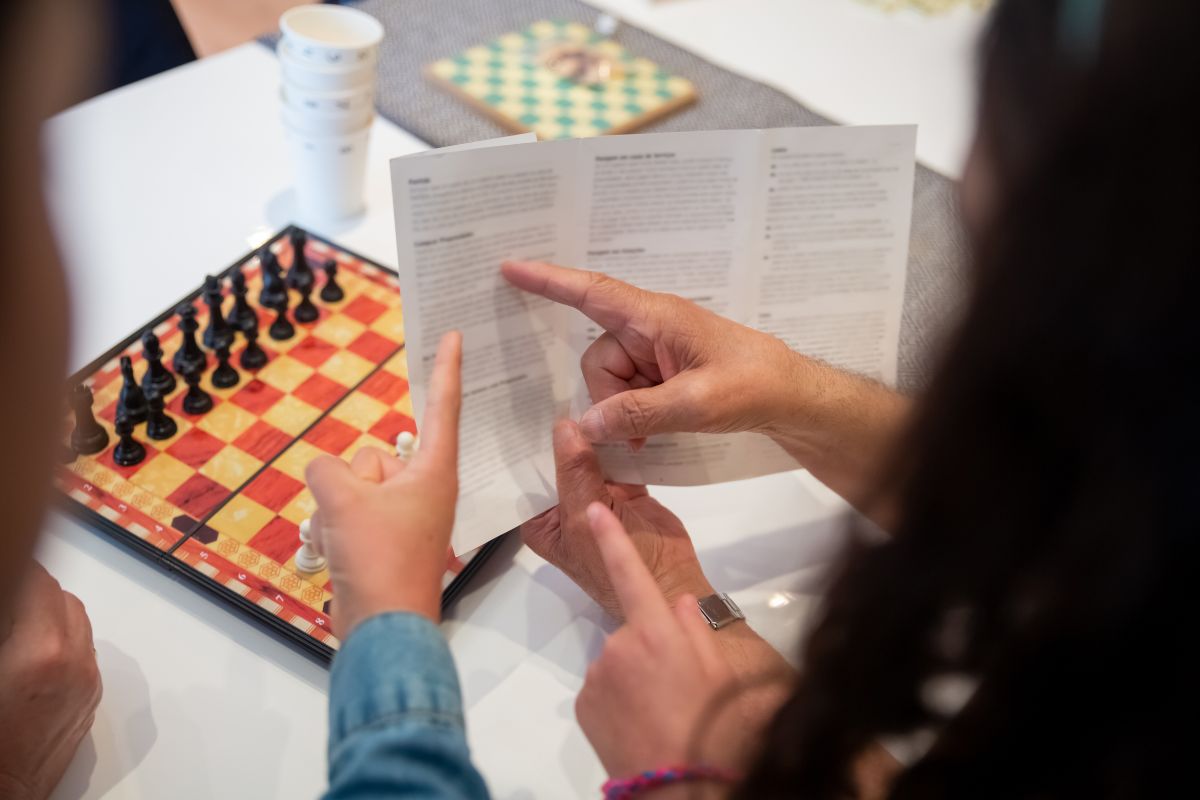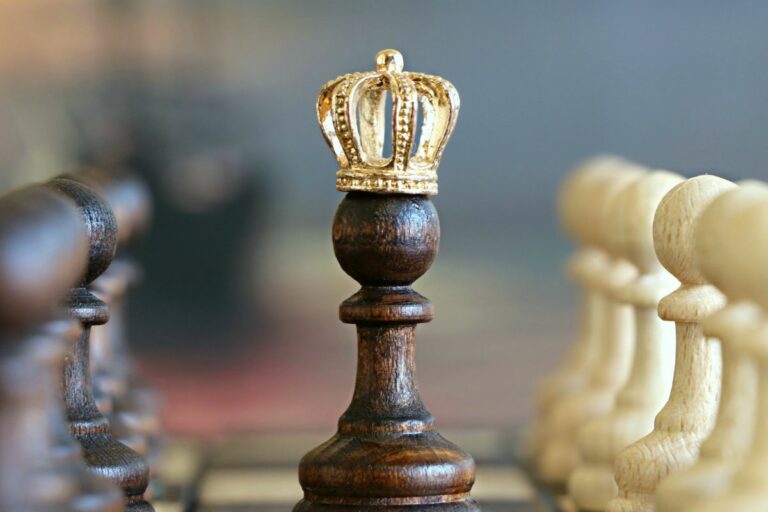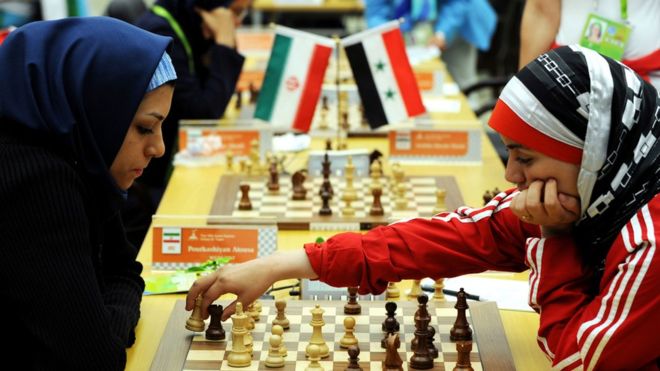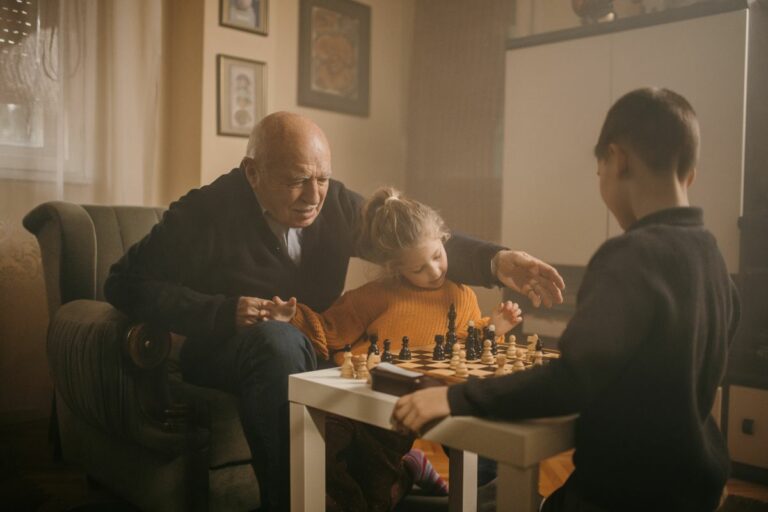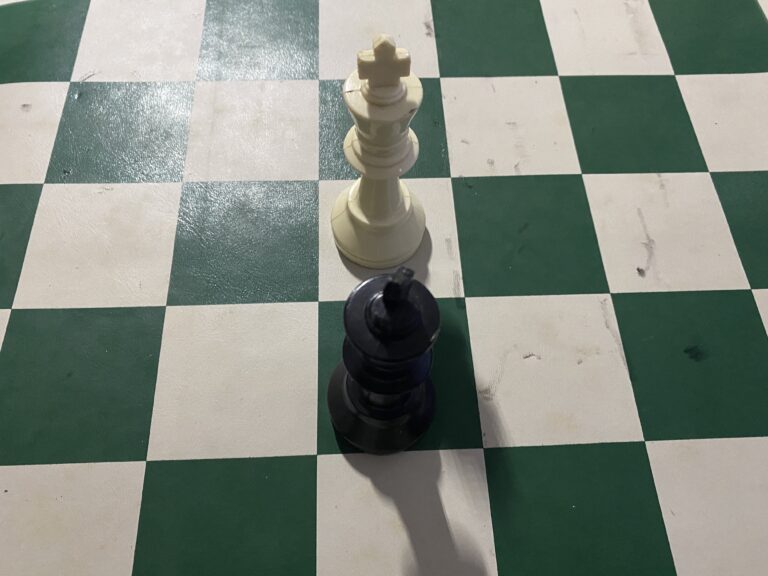Will Chess Rules Ever Change? The Evolution of Chess Rules Over the Years
Chess, the timeless game of strategy and intellect, has seen its rules transform over the years, giving rise to captivating debates about its past and future.
From its origins in India to its current popularity, chess has undergone many changes that have shaped its gameplay. But will chess rules ever change again?
It is conceivable that chess may change in the coming decades, much like its historical evolution, due to societal shifts and technological advancements. However, these changes are not expected to be drastic, considering that the last major change in chess took place in the 1800s.
Keep reading to learn more about how chess rules evolved over the past years and which rules are most likely to change in the future.
When Did Chess Originate?
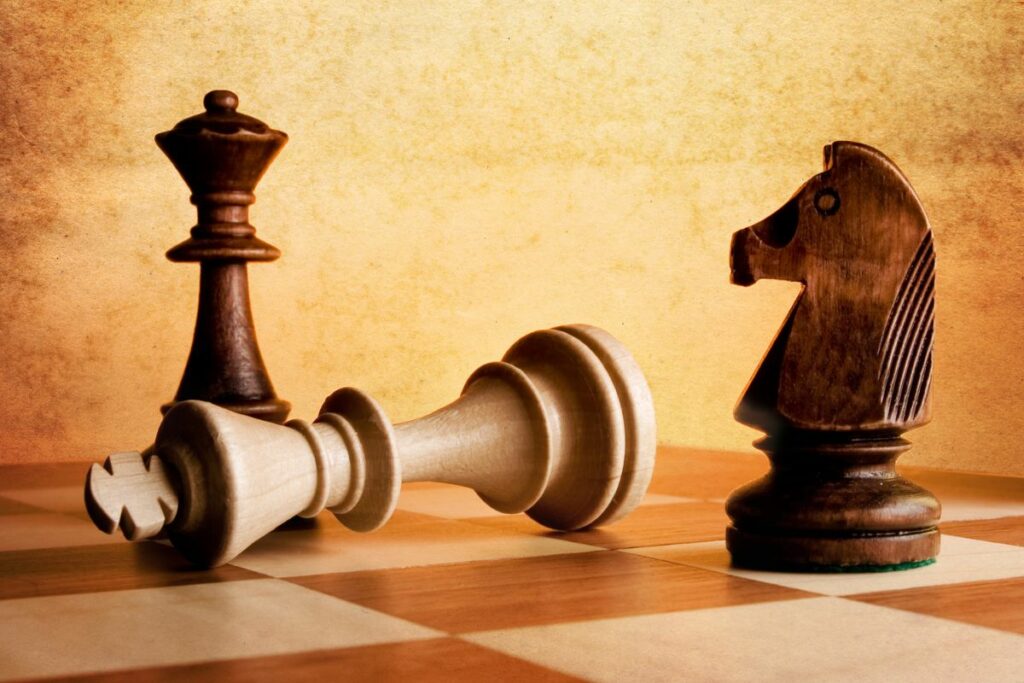
Chess originated in ancient India during the Gupta Empire, around the 6th century AD. The game’s early form was called chaturanga, and it gradually evolved into the chess we know today as it spread to other parts of the world, including Persia, Arab lands, and eventually Europe.
Since then, the rules of chess have remained relatively stable, with minor adjustments and refinements mainly related to tournament regulations and recording moves. However, the core mechanics and fundamental principles of the game have remained remarkably consistent over time, making it a game cherished for its enduring strategic challenges.
How Did Chess Evolve Over the Years?
As mentioned before, chess has gradually evolved since its origin in ancient India. So, let’s take a closer look at the most significant changes in chess rules that have occurred throughout its history.
Movement of Pieces
- Queen: In its early form, the queen was limited to a maximum of two spaces in any direction during its first move and subsequently restricted to diagonal movement, one square at a time. However, during the 15th century, the queen’s movement expanded to its current powerful ability to move diagonally, horizontally, or vertically across any number of squares.
- This change was primarily influenced by the rise of influential queens in Europe, where it seemed unfitting for the queen on the board to be so weak while real-life queens ruled their countries.
- Coincidentally, in the Arabic world, the same piece is known as the “Wazeer,” meaning “the minister” or “the prime minister.” As queens gained strength in Europe, ministers in the Arabic world were also gaining more power, reflecting a universal shift in perception.
- Bishop: Originally, a bishop could only move one or two squares at a time, leading to excessively long chess games. In modern chess, bishops have the flexibility to move diagonally as many squares as needed, contributing to faster and more dynamic gameplay.
- Pawn: The pawn’s movement has seen a few modifications. Initially, pawns could only move one square forward. In the 15th century, the double-step initial move was introduced, allowing pawns to advance two squares from their starting position.
- The en passant capture rule was also established, permitting a pawn to capture an opponent’s pawn that advances two squares forward as if it had only moved one.
Promotions
The concept of pawn promotion emerged during the medieval era, allowing a pawn to be promoted to any other piece upon reaching the opponent’s back rank.
Initially, pawn promotion was limited to pieces already captured. However, in modern chess, promotion is possible regardless of captured pieces, enabling a pawn to become a queen, rook, bishop, or knight.
Stalemate
Stalemate refers to a situation where the player to move has no legal moves but isn’t in check.
Over time, the stalemate rule has remained relatively consistent, resulting in a draw. However, the precise conditions and interpretations of stalemate have varied in different historical periods and cultures.
Stalemates were not officially recognized for a long time, and in certain countries, players were required to retract their previous move and make a new one if it resulted in a stalemate.
Until the 15th century, forcing a stalemate was considered a victory, albeit with reduced monetary rewards. It was seen as an “inferior win” up until the 16th century when the player creating the stalemate would only receive half of the prize money in competitions.
In the 19th century, the stalemate was officially declared to be a draw, although some chess experts argue that the player who can force a stalemate should be considered the winner of the game.
White Moves First
The rule that white moves first in chess has remained consistent since its formalization in the late 19th century. Before that, there was no standardized approach, and the choice of who moved first varied from game to game.
While there is no recorded evidence on how players decided the starting move before 1889, the practice of white moving first has become an integral part of chess tradition and is universally followed in modern chess.
50-Move Rule
In 1561, Ruy Lopez (yes, the same individual associated with the Ruy Lopez opening) introduced the 50-move rule to prevent games from dragging on indefinitely. The rule states that the game ends in a draw if 50 moves pass without any piece being captured or a pawn being moved.
In the 1600s, Pietro Carrera proposed 24 moves as the limit, and later in the 1800s, Bourdonnais suggested extending it to 60 moves.
Initially, it was believed that all successful endgames could be completed within 50 moves or fewer until exceptions were discovered in the 20th century. As a result, the limit was temporarily increased to 100 moves for specific endgame scenarios.
However, in 1989, it was reduced to 75 moves, and in 2001, the 50-move limit was established for all endgames, regardless of difficulty.
Threefold Repetition Rule
The threefold repetition rule was introduced in the 1880s and has since become a standard part of tournament regulations. It states that if the same position occurs on the board three times, with the same player to move and the same potential moves available, a draw can be claimed.
Winning the Game
Before the 1300s, there were three methods to win a chess game:
- Checkmate your opponent.
- Your opponent resigns.
- Capture all of your opponent’s pieces except the King.
In the 1300s, it was established that merely capturing all of your opponent’s pieces did not result in a win; instead, achieving checkmate became the requirement for victory.
Time Controls
The concept of time control in chess has evolved significantly over the years, mainly to prevent games from lasting indefinitely.
Initially, time controls were flexible and informal, often agreed upon by the players themselves. However, the need for standardized time control rules became evident as competitive chess grew in popularity and formalized tournament play emerged.
In the mid-1800s, the first usage of time control emerged as players introduced time limits to regulate the pace of play.
Over time, various time control systems have been developed, including sudden death, incremental time controls, and time delays. These systems ensure that players have a specified amount of time to complete their moves or make a certain number of moves within a given time frame.
Will Chess Rules Ever Change Again?
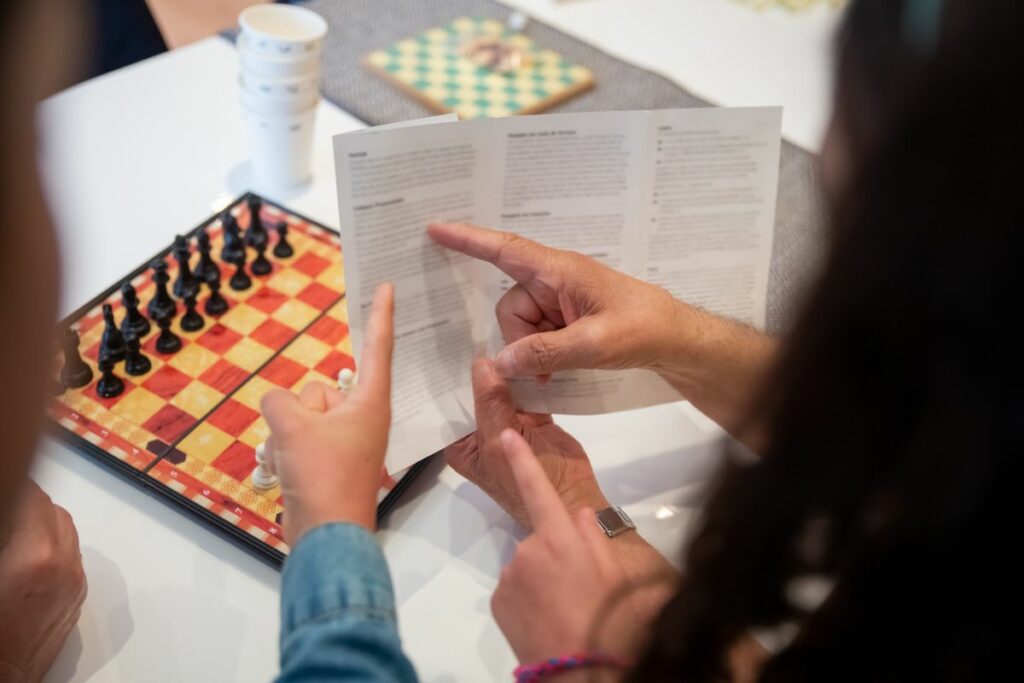
While it is impossible to predict the future with certainty, it is conceivable that chess rules could undergo further changes.
The possibility of future rule modifications depends on several factors, including the evolving understanding of the game, technological advancements, and the desire to enhance the chess experience.
However, any changes to chess rules would likely be met with careful consideration and debate, as the chess community highly values the game’s rich history and traditional aspects.
Who’s Responsible for Changing Chess Rules?
The responsibility for changing chess rules lies with various entities within the chess community.
The ultimate authority to modify the rules of chess rests with the international governing body for chess, known as FIDE (Fédération Internationale des Échecs), which is responsible for establishing and maintaining the official rules and regulations of the game.
However, changing chess rules typically involves a collaborative effort and consultation with players, chess organizations, and chess enthusiasts worldwide. In addition, proposed rule changes can be discussed and debated within the chess community, often through forums, committees, or congresses dedicated to developing and improving the game.
National chess federations and local organizations also play a role in influencing rule changes. For example, they may submit proposals or provide feedback to FIDE regarding potential modifications to the rules.
Additionally, top-level players and prominent figures within the chess community can significantly influence the direction of rule changes through their expertise and advocacy.
What Rules Are Most Likely to Change in Chess?
While it is difficult to predict specific rule changes in chess, certain aspects of the game have been the subject of discussions and potential modifications in recent years.
Here are a few rules that have been debated and could potentially change in the future:
- Time Controls: With technological advancements and the increasing popularity of faster time controls, there may be further adjustments or alternative time control formats to accommodate different playing styles and preferences.
- Starting Position Variations: While the standard starting position in chess has remained unchanged for centuries, there have been discussions on introducing alternative starting positions or variant setups to diversify gameplay and avoid well-established opening theories.
- Online Chess Rules: With the rise of online chess platforms and digital gameplay, there may be considerations for rule adaptations tailored explicitly to online chess, such as handling disconnections, addressing potential cheating concerns, or exploring new game formats.
It’s important to note that any potential rule changes would require careful consideration, evaluation, and consensus among the chess community before being officially adopted.
Conclusion
In conclusion, chess rules have undergone significant evolution throughout history, adapting to the changing dynamics of the game and the needs of players. While it is challenging to predict the exact future, the possibility of rule changes remains open.
The balance between preserving the essence of chess and embracing potential improvements will shape the likelihood and extent of future rule changes.
If you did find this article helpful, please consider sharing, as it can help this little site grow 🙏

